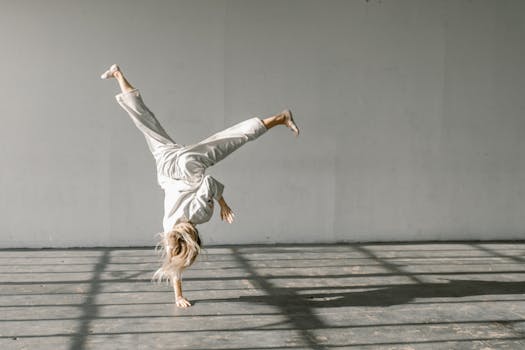Martial Arts: Self-Defense Disciplines and Techniques
Martial arts have long been recognized not only as a means of physical fitness but also as a vital tool for self-defense. With the rise in personal safety concerns, many individuals are turning to various martial arts disciplines to equip themselves with the skills necessary to protect themselves in dangerous situations. This article explores the different self-defense disciplines, techniques, and their effectiveness in real-world scenarios.
The Importance of Self-Defense Training
Self-defense training is essential for several reasons:
- Empowerment: Learning martial arts boosts confidence and self-esteem, enabling individuals to feel more secure in their surroundings.
- Awareness: Training enhances situational awareness, helping practitioners recognize potential threats before they escalate.
- Physical Fitness: Martial arts training improves physical health, agility, and strength, which are crucial in self-defense situations.
- Legal Knowledge: Many self-defense classes also educate students about the legal implications of using force, ensuring they understand their rights and responsibilities.
Popular Self-Defense Disciplines
There are numerous martial arts disciplines that focus on self-defense. Here are some of the most popular:
- Karate: Originating from Japan, Karate emphasizes striking techniques, including punches, kicks, and knee strikes. It teaches practitioners to defend against attacks while also promoting discipline and respect.
- Brazilian Jiu-Jitsu (BJJ): BJJ focuses on ground fighting and submission grappling. It is particularly effective for smaller individuals, as it teaches how to leverage technique and body mechanics to control larger opponents.
- Krav Maga: Developed by the Israeli military, Krav Maga is a practical self-defense system that incorporates techniques from various martial arts. It emphasizes real-world scenarios and teaches practitioners to respond to threats quickly and effectively.
- Muay Thai: Known as the “Art of Eight Limbs,” Muay Thai utilizes punches, kicks, elbows, and knee strikes. It is effective for both striking and clinching, making it a versatile self-defense option.
- Self-Defense Classes: Many gyms and community centers offer self-defense classes that may not be tied to a specific martial art. These classes often focus on practical techniques and situational awareness.
Effective Self-Defense Techniques
While each martial art has its unique techniques, several self-defense strategies are commonly taught across disciplines:
- Situational Awareness: Being aware of your surroundings can help you avoid dangerous situations before they escalate.
- De-escalation Techniques: Learning how to verbally diffuse a situation can often prevent physical confrontation.
- Striking Techniques: Basic punches, kicks, and knee strikes can be effective in creating distance from an attacker.
- Joint Locks and Holds: Techniques that involve manipulating an opponent’s joints can incapacitate them without causing serious harm.
- Escape Techniques: Learning how to break free from holds or grabs is crucial for self-defense.
Case Studies and Statistics
Statistics show that self-defense training can significantly impact personal safety. According to a study published in the Journal of Interpersonal Violence, individuals who have undergone self-defense training are 50% less likely to be victims of assault compared to those who have not received any training. Furthermore, a survey conducted by the National Institute of Justice found that 70% of women who participated in self-defense classes reported feeling more confident in their ability to handle threatening situations.
Real-world case studies also highlight the effectiveness of martial arts in self-defense. For instance, a 2018 incident in New York City involved a woman who successfully defended herself against an attacker using techniques learned in her Krav Maga class. She was able to escape unharmed, demonstrating the practical application of self-defense training.
Conclusion
Martial arts offer invaluable skills for self-defense, empowering individuals to protect themselves in potentially dangerous situations. With various disciplines available, each providing unique techniques and philosophies, there is a suitable option for everyone. The benefits of self-defense training extend beyond physical skills, fostering confidence, awareness, and resilience. As personal safety concerns continue to rise, investing time in martial arts training can be a life-changing decision, equipping individuals with the tools they need to navigate the world safely.
